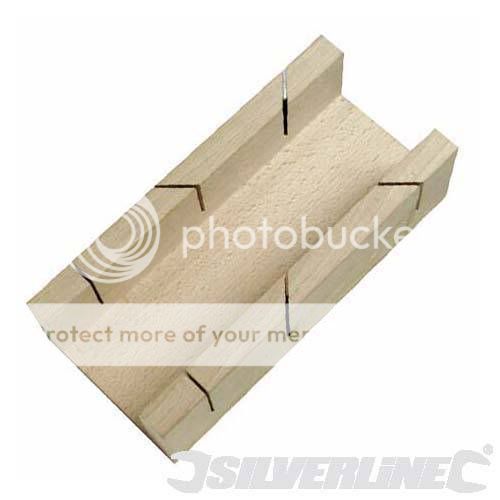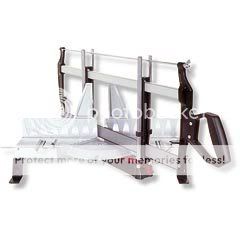devonwoody
Established Member
Martin on Lord Nibbo thread you commented why I am not using the sliding carriage to cut mitres.
Have you had any or others in cutting 3" mitred lengths using a sliding table?
I myself as you know am new to a table saw of this nature and at the moment do not have the confidence to have clamps and hands near the blade for this sort of operation.
Also I am looking for near perfection of these joints and past experience with sliding carriages a couple of years ago was a joke in trying to get accurate cuts.
I have seen in person woodworkers in Australia using sleds to cut these joints and they made my eyes water.
Have you had any or others in cutting 3" mitred lengths using a sliding table?
I myself as you know am new to a table saw of this nature and at the moment do not have the confidence to have clamps and hands near the blade for this sort of operation.
Also I am looking for near perfection of these joints and past experience with sliding carriages a couple of years ago was a joke in trying to get accurate cuts.
I have seen in person woodworkers in Australia using sleds to cut these joints and they made my eyes water.







